Everything you Need to Know About Konjac Jelly
Do you know a dessert that can be suitable for every day of the year and any hour of the day? That after eating it, you will feel so satisfied. And there's more; this sweet dessert is not only delicious but also generally healthy. If you are thinking of jelly, you have the right idea! Jelly is a refreshing snack option all throughout the world, but Japan has something unique to offer. Read on and learn everything you need to know about the unique Japanese jelly from a bizarre plant, the Konjac Jelly.
What is a Konjac Plant?
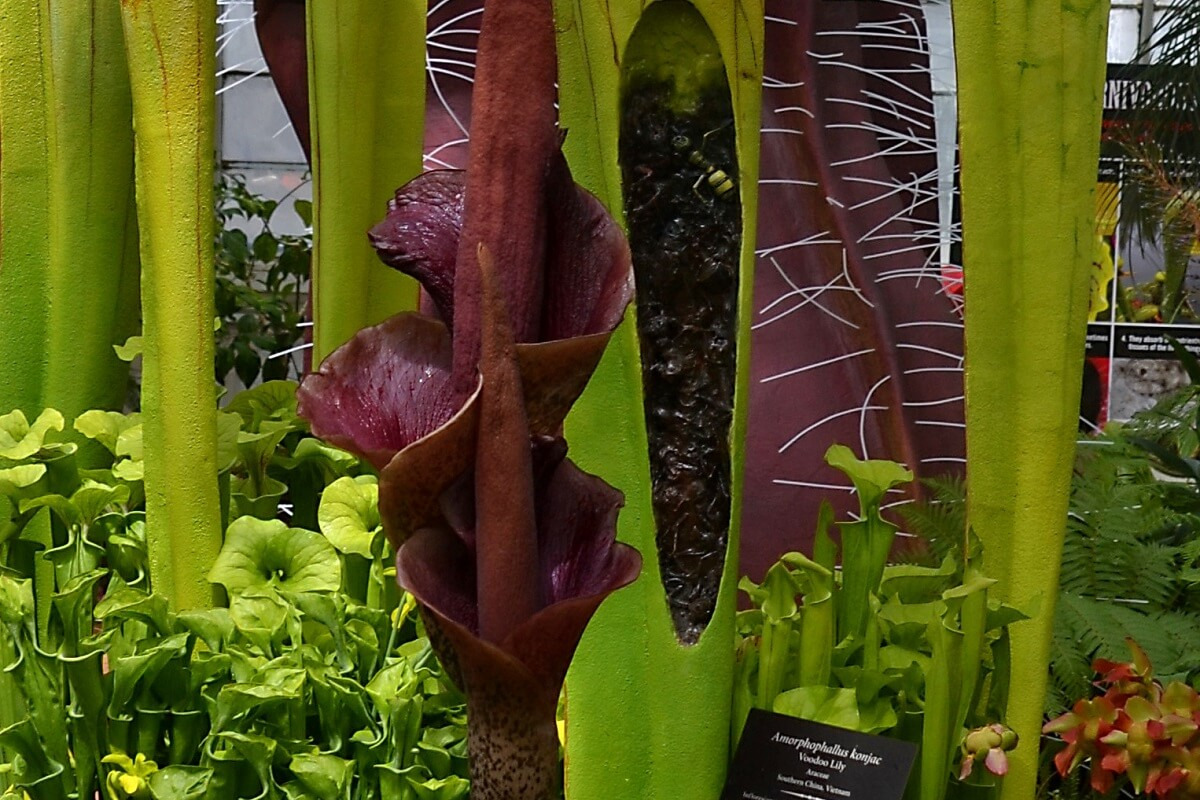
Konjac is a perennial root vegetable (Amorphophallus Konjac) that is produced all across Asia, but the plant is mainly found in its wild forms in China and Southeast Asia. The Konjac or Konjaku plant is often referred to as the devil's tongue and the elephant foot yam. This plant is extremely medicinal, high in fiber, and low in calories, making it ideal for producing meals for healthy weight loss. In fact, it is used in traditional Chinese medicine and was introduced as a dietary food in Japan. The most popular way to cook and consume this plant in Japan is in the form of konjac jelly.
What is a Konjac Jelly?
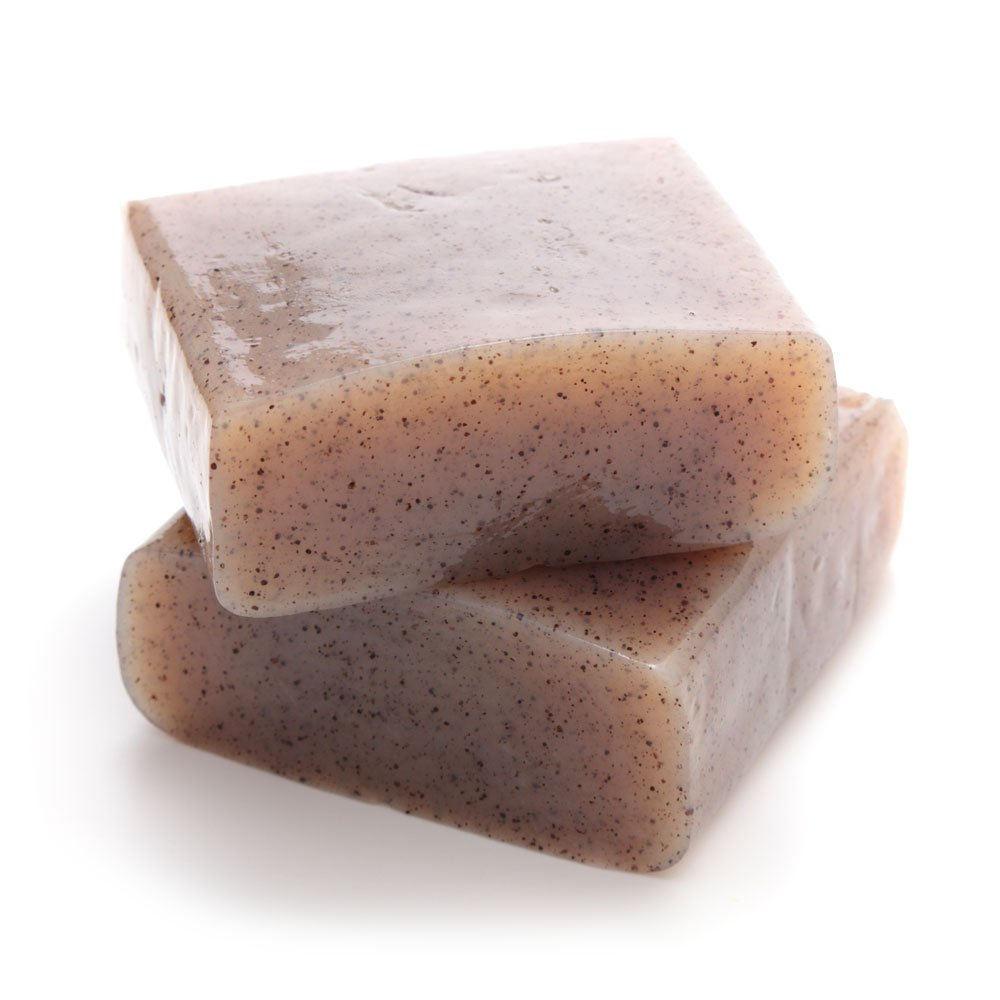
Konjac jelly, also known as konnyaku, is made from the starchy konjac plant, a member of the yam and taro families. Konjac jelly is a nourishing vegetable that is frequently made and consumed in Japan. Although it's frequently overlooked, it's a tasty ingredient used in a variety of Japanese dishes, including fruit jellies, soups, and bento boxes. The konjac powder is made from a powdered starchy konjac plant root.
It is then combined with water and allowed to solidify, giving the jelly a translucent tint and a rubbery feel. But, it might change based on additional ingredients that might be added. The presence of hijiki (seaweed) gives jelly its distinctive dark greyish color. Moreover, it has a gelatin-like feel despite being much denser. The taste of the konjac jelly itself can be minimal or nonexistent. Even though the jelly is flavorless, its springy texture adds something unique to any dish and makes it possible for other sauces or broth to flavor the jelly.
What Does Konjac Jelly Taste Like?
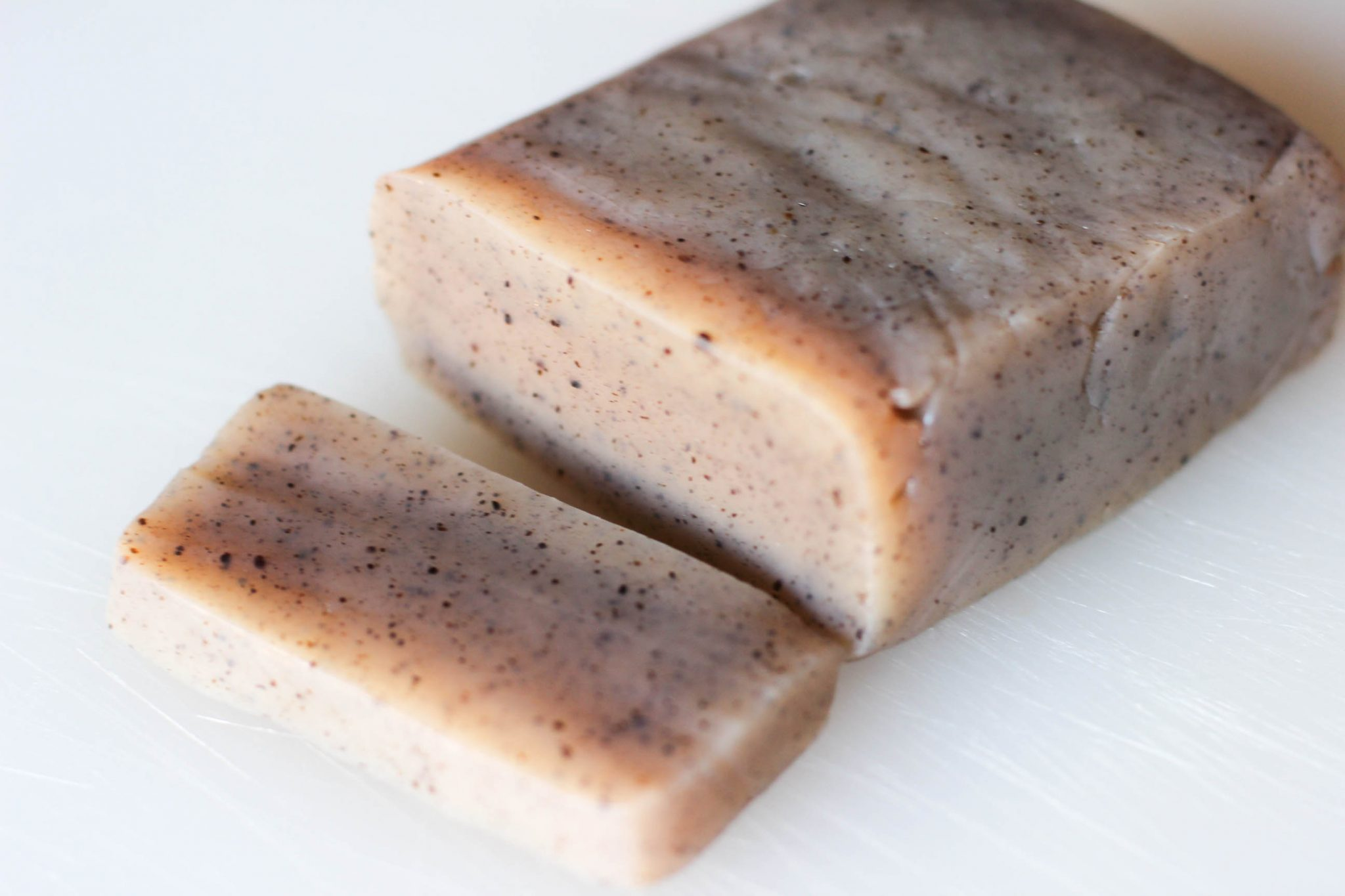
Konjac jelly is flavorless on its own. Others think it has a mildly salty flavor, while some even argue it has a neutral flavor. Although it doesn't have a distinct flavor, it has culinary value and is ideal as a food ingredient because it blends nicely with sweets and candies. Konjac powder can thicken sauces without worrying about the flavor being affected. In fact, konjac flour, which contains glucomannan, xanthan gum (konjac gum mix), gellan gum, and locust bean gum, which is a natural sweetener, is used to for thickening sauces. Although Konjac jelly doesn’t give any special taste, it can produce a fishy stench and might be a huge turn-off for first-time consumers, but a clean rinsing would assist in avoiding this. Instead, you can boil the konjac block in water or soak it in vinegar to eliminate the odor.
Health Benefits of Konjac Jelly
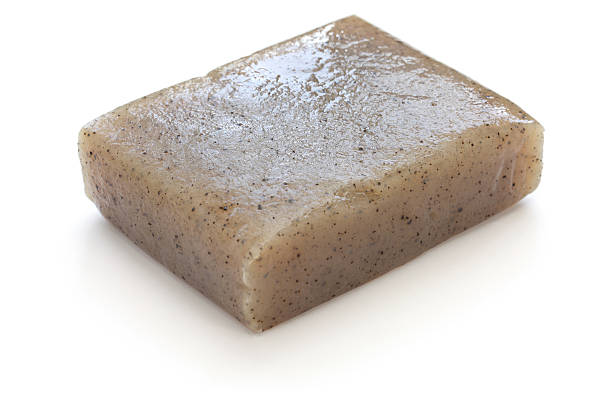
Konjac jelly has a wide range of health benefits. Konjac jelly can aid with digestive system and constipation because it has zero sugar, contains a significant amount of fiber, and is largely formed of water. Consuming it keeps you fuller for longer and makes you feel less hungry, so it is a wonderful alternative for those who wish to have the best weight management and manage health accordingly. Moreover, it increases metabolism as its soluble fiber lowers blood sugar and cholesterol levels. The Konjac plant also contains a healthy amount of collagen and vitamin C and is occasionally utilized in the production of beauty products due to its anti-bacterial and antioxidant characteristics. Vitamin C provides incredibly healthy skin elasticity and supports a strong immune system.
Best Japanese Konjac Jelly Products
1. Konjac Fruit Jelly
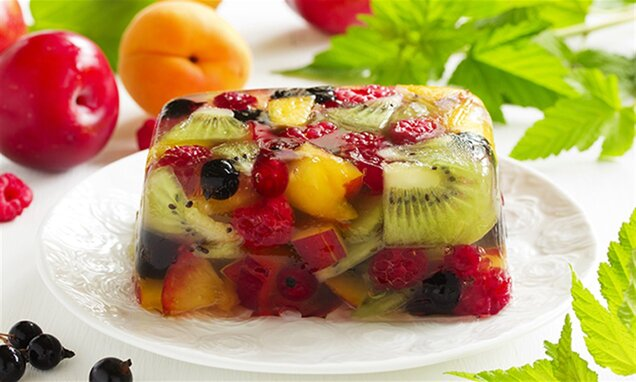
Japanese fruit jelly is a delectable snack and dessert available throughout the year. Konjac fruit jelly may be the perfect healthy Japanese snack if you want something tasty and full. This jelly is frequently found in the sweet and tart fruit flavors of peach, lychee, mango, grape, and other fruits. Konjac fruit jelly is distinctive and surprising in that it doesn't dissolve readily in the mouth like gelatin does. It involves the same amount of chewing as a traditional Japanese fruit gummy but is a healthier alternative. Vitamin C and collagen are typically included in konjac fruit jellies, further enhancing their already long list of health advantages.
2. Konjac Noodles
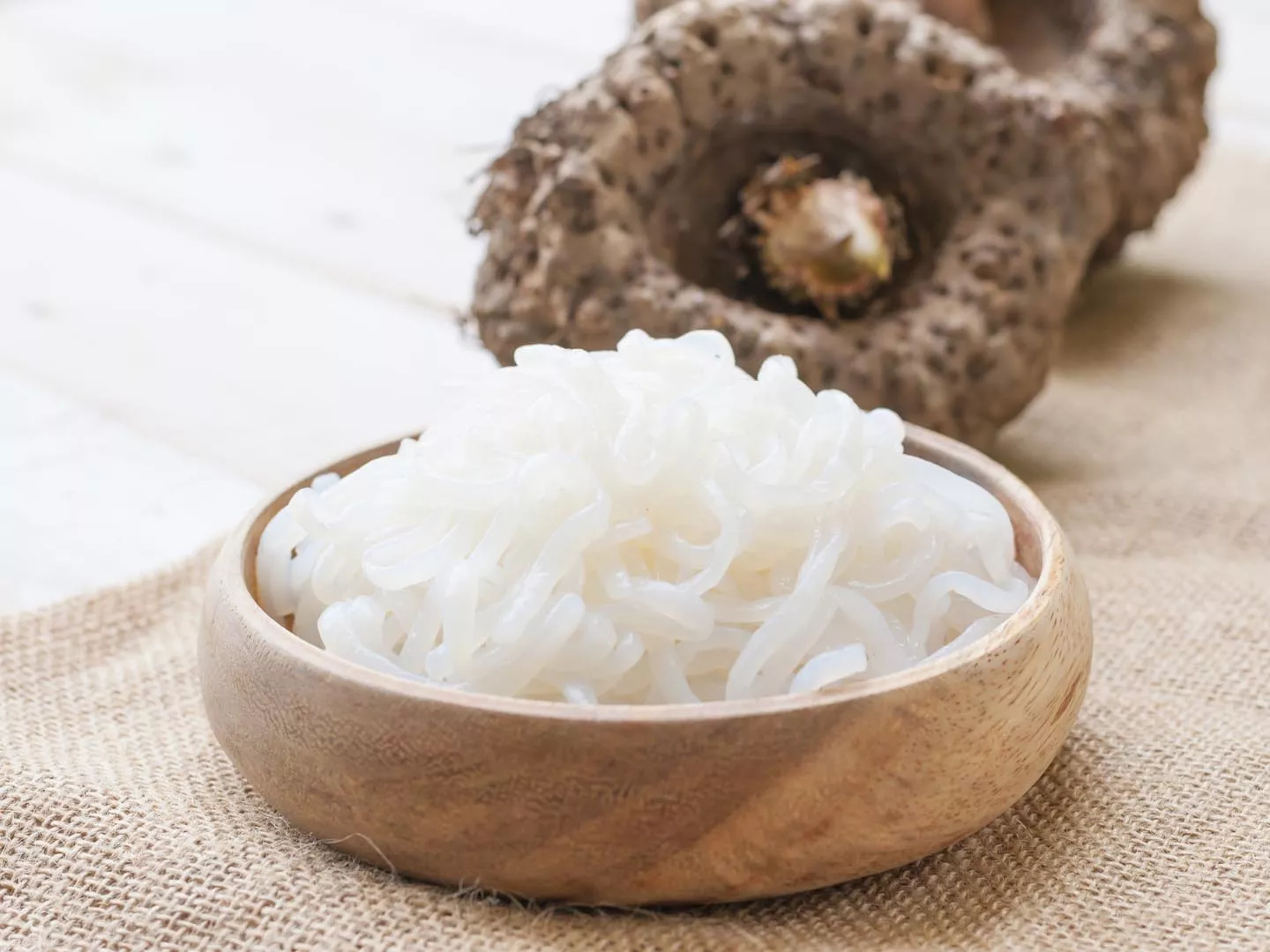
Two varieties of gelatinous, translucent noodles made from konjac jelly are shirataki and ito-konnyaku. They include 3% konjac fiber and 97% water. Ito-Konnyaku and Shirataki used to be substantially dissimilar from one another. The reason for this is that, depending on the location of Japan, they were produced using various techniques. However, shirataki and ito-konnyaku are frequently made using the conventional Kanto method. Because of this, both noodles' names are widely used interchangeably, with the only remaining minor distinction being in the shape and size of the noodles. Nonetheless, both kinds of noodles can be utilized in a wide range of conventional Japanese cuisine.
3. Drinkable Konjac Jelly Juice
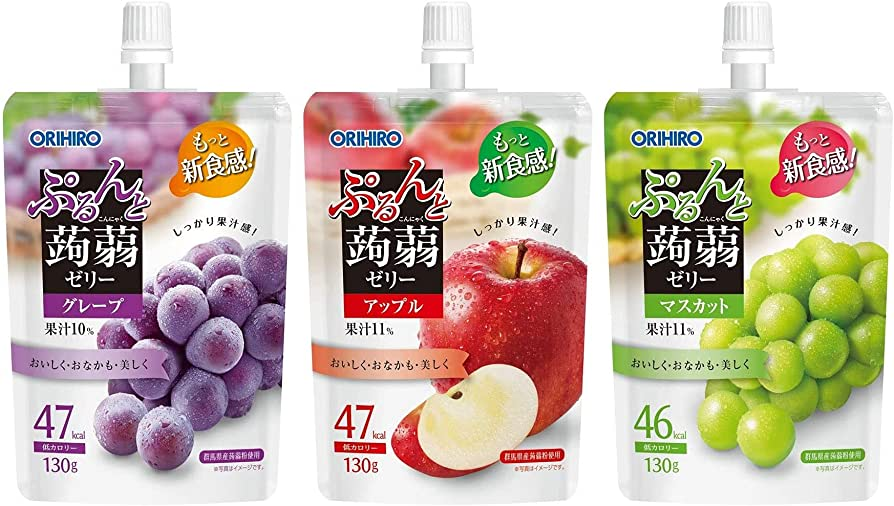
Konjac jelly has also been used to create a variety of beverages. The juice's jelly-like texture gives it a thick consistency, and fruits are frequently added to it as well. One of the most loved flavors of konjac jelly juice is peach because of its subtle perfume, sweet peach extract, and juiciness. Even better, this delight comes in both the popular flavors of white peach and golden peach.
In addition, many different kinds of Japanese treats and sweets have the well-known flavor of lemon, and Konjac Jelly juice is no different. This juice is marketed as the ultimate diet konjac jelly juice because each one has low calories and is sugar-free, even though these tiny drink packs contain daily essential supplements and nutrients. Also, it may be resealed, allowing you to control how much you drink.
Experience the Best Konjac Jelly Juice with Sugoi Mart!
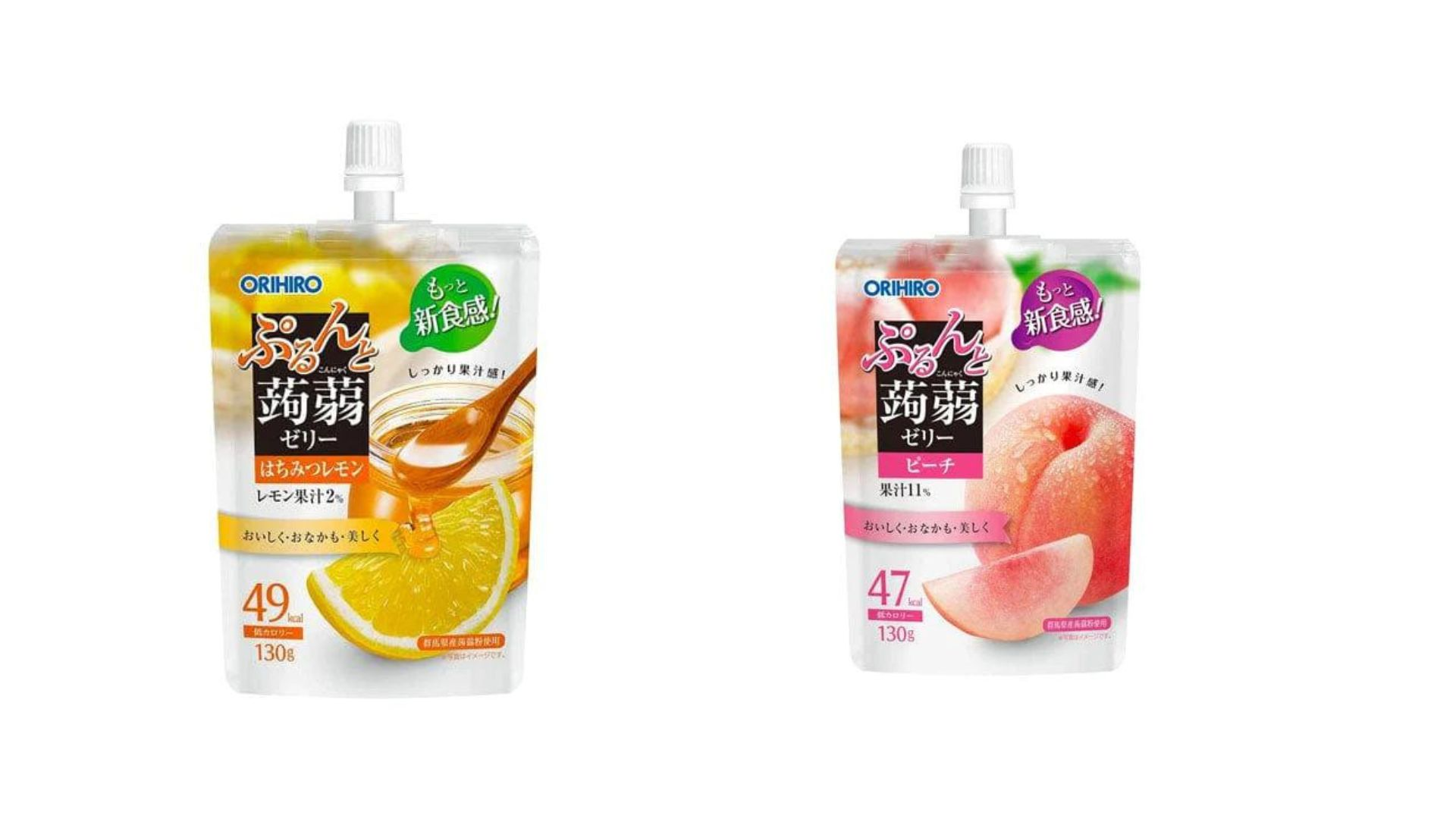
Here are Purunto Low-Calorie Konjac Jelly: Peach Flavor and Purunto Low-Calorie Konjac Jelly: Lemon Flavor, a trendy drinkable Japanese Konjac jelly. With low-calorie content, it's a fantastic addition to your pre- or post-workout snacks. It is really convenient to carry any place with its compact pouch, travel-friendly packaging, and convenience tube jelly cap seal.
Additionally, these konjac jelly juices are healthy snack choice with its collagen and vitamin C, which are two everyday necessities that may raise your snack game for a simple inner beauty boost. However, if you have any allergies or other dietary restrictions, don't consume until you've thoroughly considered the ingredients. Nonetheless, the fact that these jellies truly taste sweet like jelly, chewy, and has a fulfilling texture make it satisfying and fun for adults and children alike. It can be kept in the refrigerator and served cold for best taste. Get yours now!







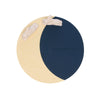

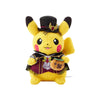









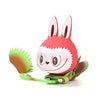
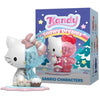





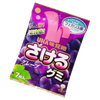
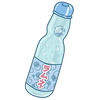
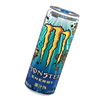
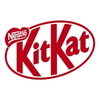
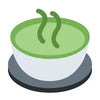



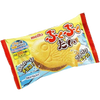



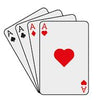


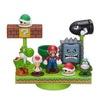












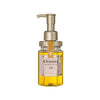



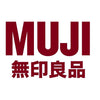

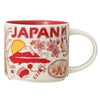


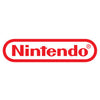
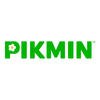











Leave a comment